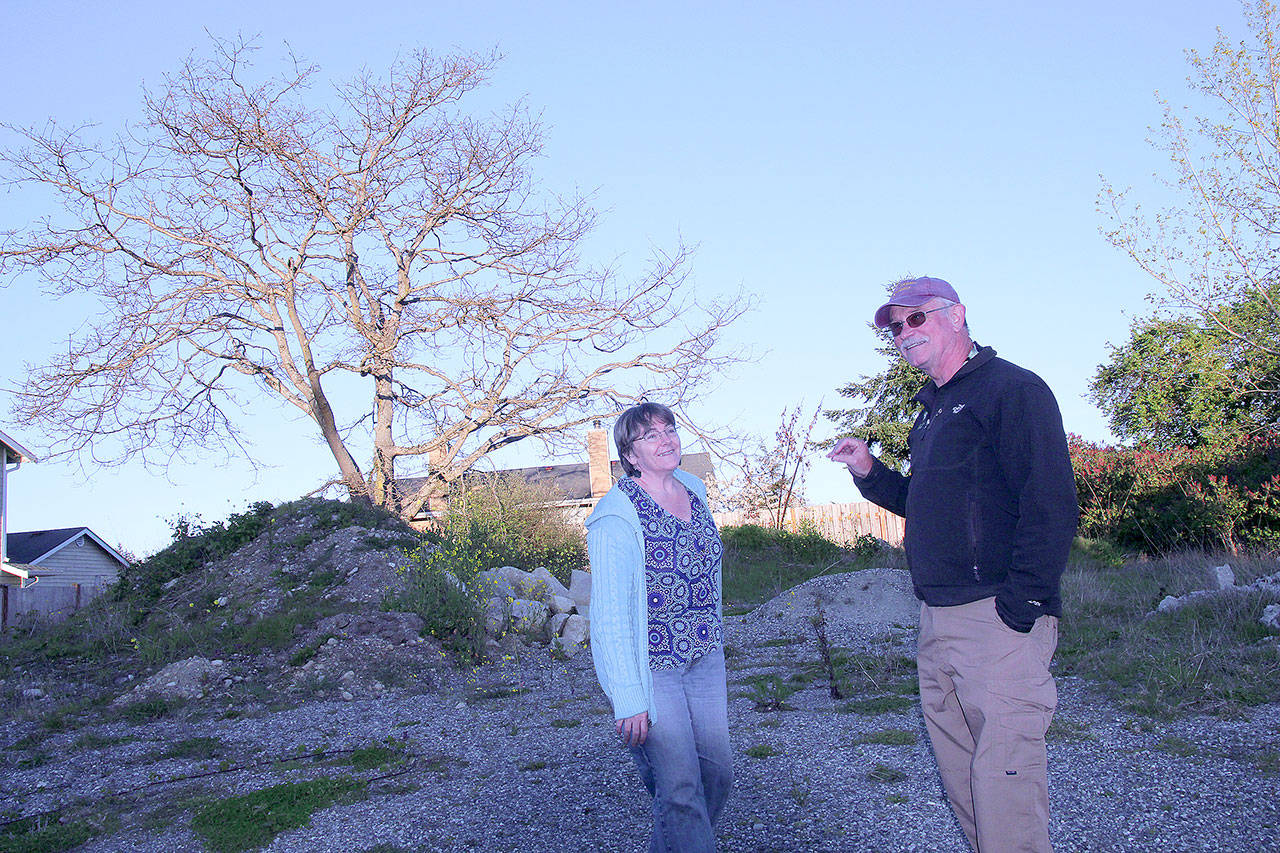A proposed ordinance amendment created to save one Garry oak tree from the proverbial ax may become official next week.
Oak Harbor City Council members are scheduled to discuss the measure and take public comment during a June 28 workshop, which was also advertised as a special meeting.
Following a lively discussion, the Oak Harbor Planning Commission recommended approval of the amendment at its meeting earlier this month.
OAK HARBOR has two ordinances that protect the city’s namesake tree, but the city code allows for variances in certain circumstances.
City staff proposed making rules about setbacks and development more flexible in order to accommodate a builder and help save a tree. The proposed change would allow variances on setbacks on a site-by-site basis.
The amendment is in response to a construction company’s request for a “reasonable use” exception to the oak-tree-protection code; under law, the oak-tree protections cannot deprive the owner of all reasonable uses of a property.
The company wants to build a townhouse in a lot in the Rose Hill — also known as Melrose — neighborhood; the lot has an oak tree at its center.
LAURA RENNINGER, of the Oak Harbor Garry Oak Society, spoke at the planning commission hearing.
She said the group supports the amendment but feels that it doesn’t go far enough.
Renninger argued that the amendment should be accompanied by more comprehensive rules protecting the trees during construction.
Resident Mike Dougliss agreed. He said he was involved in creating the original oak-tree-protection code about 20 years ago. He said the rules should have as many teeth as possible.
“I think if we continue on the path we’re on we’ll end up as oakless Oak Harbor,” he said.
SENIOR PLANNER Cac Kamak, however, explained that staff wanted to make the simple code change quickly to address the specific situation.
Doing a more comprehensive overview, he said, would take a lot more time.
In addition, Planning Director Steve Powers said the staff could ask that specific construction-related protections be required during the hearing examiner process.
Planning commission members were concerned that the neighborhood was allowed to be subdivided with a Garry oak in the center of a lot, which would seem to allow for an automatic reasonable-use exception.
They suggested that the oak should have been incorporated into a small park in the neighborhood.
“AS I drove through the Melrose development, it was very obvious to me that tree should have been noticed and should have been planned around,” Commissioner Erik Mann said.
“I think we’re addressing a very specific situation from an applicant who has put themselves in this situation.”
Planners, however, said it was a very unusual circumstance and that the city works hard to protect oak trees, whether it’s in subdividing land or considering development projects.



